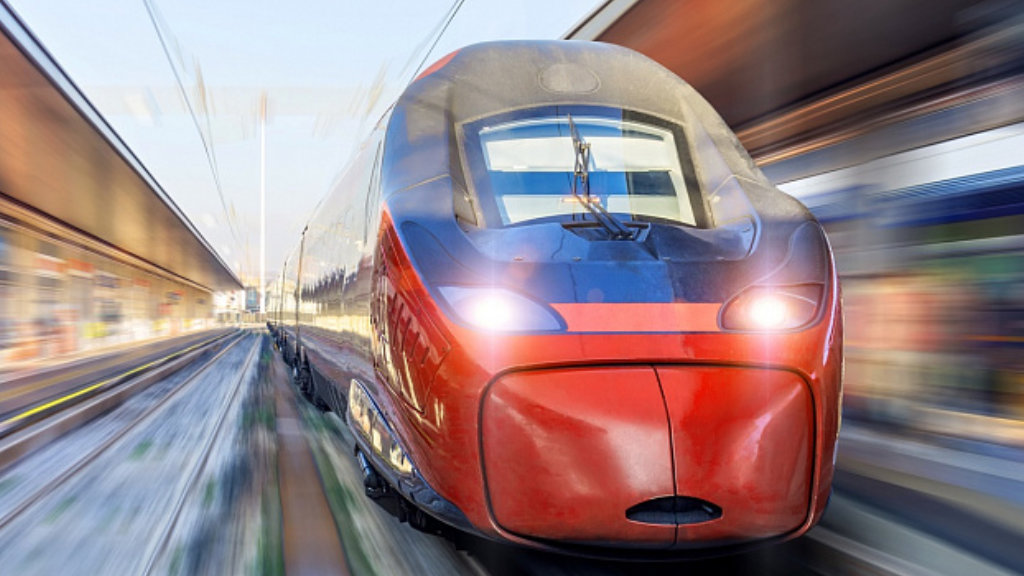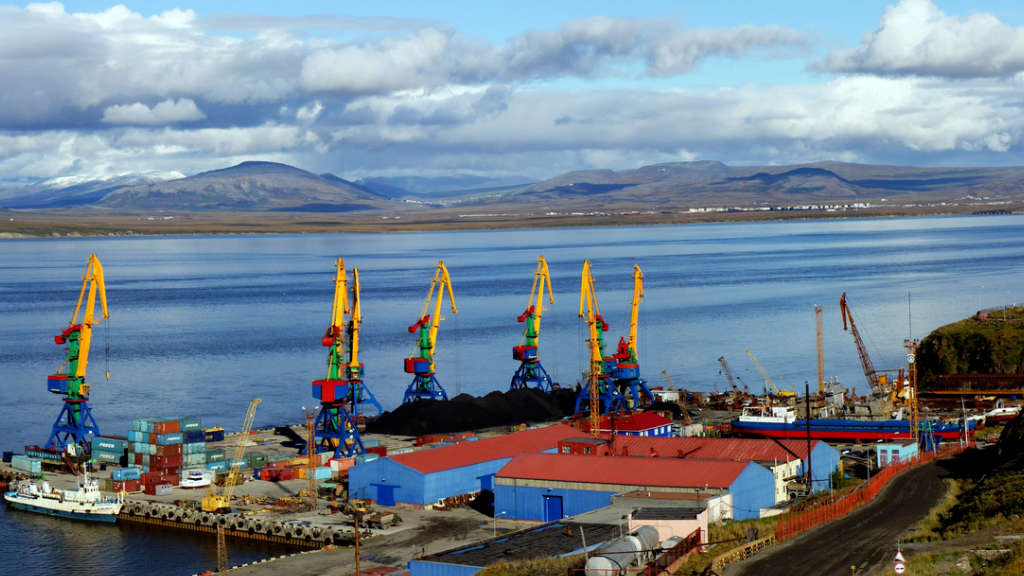Russian President Putin has approved the construction of the delayed High-Speed Moscow-St.Petersburg railway. Discussions on a new link were prominent in 2019, but Covid issues put the project on hold. However, in February this year, a masterplan for the Moscow-St. Petersburg line was agreed. Construction is to start immediately.
At present, one line runs mostly at a 200kmh (124mph) through four Russian oblasts (provinces) between St. Petersburg and the nation’s capital. The journey takes between three-and-a-half to four hours and is taken on the highly popular Sapsan route.
Trains on the new line would run consistently at 250 km/h (155 mph). This will reduce travel time between the two cities to a reported two hours and fifteen minutes. Drawing inspiration from Japan’s Shinkansen high-speed trains, the plan includes a frequency of trains departing every 10-15 minutes.
Russia’s Transport Minister Vitaliy Savelyev has indicated that an initial fleet of 28 trains, designated for this high-speed service, is expected to be delivered by 2028. Estimates for the cost of construction have been reported at about US$6.6 billion. The new high-speed railroad will create tens of thousands of new jobs, attract the country’s best construction and engineering resources and provide the service to a catchment area of 30 million people.
Putin also has his eyes on further high-speed routes heading east, stating that “We need to move towards Nizhny Novgorod, to Voronezh, and from Nizhny Novgorod to Kazan, and from Kazan to the Ural region.” Ultimately the concept is to provide high-speed rail to China, however this will take time to realise.





